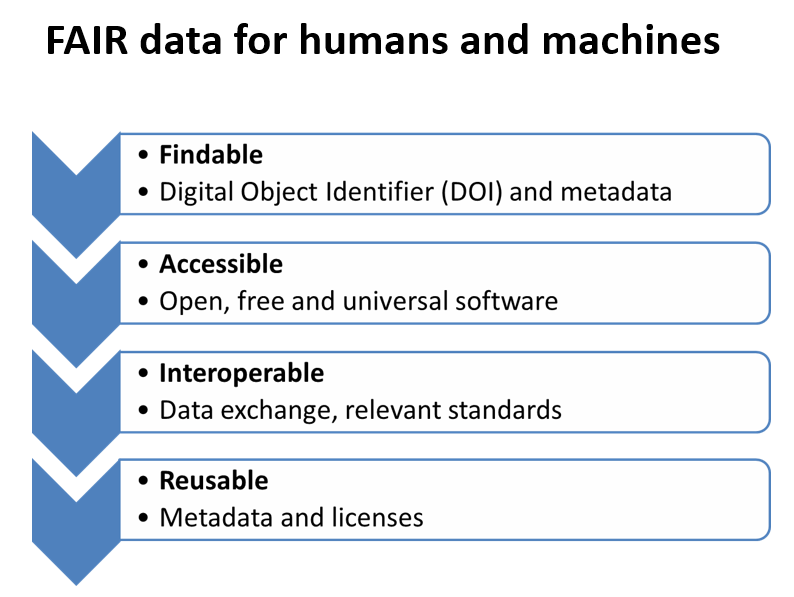Data Search
What is Research Data
Research data is the data which is collected, observed or created in a digital form, for the purpos of analysing it to produce original research results.
Data is obtained through experimentation or observation, including the collected images and video materials, transcripts of interviews, survey data, interpretations of works of art, archival materials, archaeological finds, published texts and manuscripts – everything which forms the basis for drawing new scientific conclusions.
Concordat on Open Research Data developed by a UK multi-stakeholder group defines research data as following:
Research data are the evidence that underpins the answer to the research question, and can be used to validate findings regardless of its form (e.g. print, digital, or physical). These might be quantitative information or qualitative statements collected by researchers in the course of their work by experimentation, observation, modelling, interview or other methods, or information derived from existing evidence. Data may be raw or primary (e.g. direct from measurement or collection) or derived from primary data for subsequent analysis or interpretation (e.g. cleaned up or as an extract from a larger data set), or derived from existing sources where the rights may be held by others. Data may be defined as ‘relational’ or ‘functional’ components of research, thus signalling that their identification and value lies in whether and how researchers use them as evidence for claims.
They may include, for example, statistics, collections of digital images, sound recordings, transcripts of interviews, survey data and fieldwork observations with appropriate annotations, an interpretation, an artwork, archives, found objects, published texts or a manuscript.
Open research data is research data made available on the Internet through open access. In this context, it is important that the data is provided with open licenses (CC 0 or CC BY) so that other researchers can reuse it and obtain new research results, which in turn can be shared.
It is also understandable that all data cannot be opened and shared with others, for example
- Personal data
- National defense and security data
- Business and patent application data
- Some environmental data (e.g. endangered species)
- Metadata for sensitive data (e.g. location data of endangered species)
Data should be as open as possible and as closed as necessary
Research data could also comply with FAIR principles. FAIR means that machine-readable data is discoverable, accessible, and interoperable with other information systems and reusable to other researchers.


